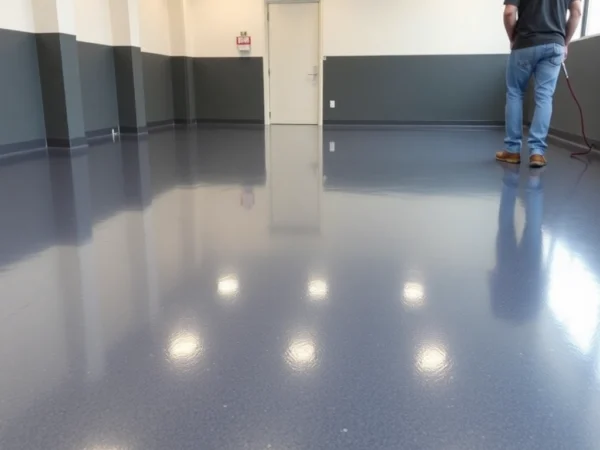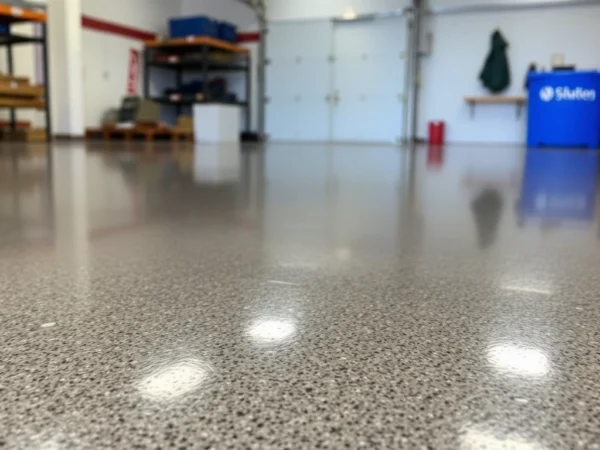15 Creative Ways to Use Welcome Signs to Elevate Your Home’s Curb Appeal
Understanding the Impact of Welcome Signs in Home Decor
First impressions are paramount when it comes to home entryways, and one of the most effective ways to set a warm, inviting tone is through the strategic use of welcome signs. These decorative elements do more than just greet guests; they communicate your personal style, reflect your home’s aesthetic, and contribute significantly to curb appeal. A thoughtfully chosen welcome sign can transform a bland porch into a charming focal point, making visitors feel immediately at ease and giving your home a distinct personality. In this comprehensive guide, we’ll explore the vital role of welcome signs in home decor, from stylistic choices and material considerations to practical placement tips, ensuring you craft an inviting entrance that leaves lasting impressions.
Why Welcome Signs Matter for First Impressions
In the realm of home exterior decor, first impressions are crucial. A welcoming sign acts as a visual handshake, signaling hospitality and warmth. It captures attention, sets the tone for the overall aesthetic, and can even influence perceived value. According to recent real estate studies, homes with well-curated curb appeal—including custom signage—tend to sell faster and at higher prices.
Beyond aesthetics, welcome signs serve a functional purpose. They help guests navigate to the right entrance, especially in larger properties or holiday events. For homeowners, they also serve as expressions of personality—be it rustic charm, modern elegance, or personalized humor. Customizing the sign with themes matching seasonal events, family names, or special occasions enhances the homeowner’s identity and creates a welcoming atmosphere.
Popular Styles and Materials for Welcome Signs
The market offers a wide array of styles and materials, each lending a unique character to your outdoor decor. Classic options include wooden signs, which exude rustic charm and durability; metal signs, appreciated for their sleek modern look and weather resistance; and acrylic or plastic signs, known for vibrant colors and affordability.
Wooden Welcome Signs
Wood remains the most popular material for its natural appearance and versatility. Handcrafted wooden signs can be painted or stained, and often feature decorative elements like scrollwork or engraved lettering. Various wood types—cedar, pine, or cedar—offer different finishes and weather durability.
Metal Welcome Signs
Metal signs, particularly those crafted from wrought iron, aluminum, or steel, provide a contemporary or vintage industrial aesthetic. They are highly durable, resistant to weather, and can be customized with intricate laser-cut designs or painted artwork.
Acrylic and Plastic Signs
These materials are lightweight, weatherproof, and come in a variety of vibrant colors or transparent finishes. They often feature digital printing for detailed graphics and are typically more affordable, making them suitable for seasonal or changeable displays.
Other emerging options include reclaimed wood for eco-conscious homeowners and mixed media solutions combining wood and metal elements for a layered aesthetic.
Matching Welcome Signs with Your Home’s Aesthetic
Achieving harmony between your welcome sign and your home’s overall aesthetic enhances curb appeal and creates a cohesive look. Consider the architectural style of your home, existing color palette, and landscaping elements when selecting a sign.
Rustic Homes
Opt for distressed wood, galvanized metal, or reclaimed materials with handwritten or painted lettering in earthy tones. Incorporate natural motifs such as barn stars, floral accents, or vintage iconography to reinforce the rustic charm.
Modern or Minimalist Homes
Choose clean lines, sleek metal or acrylic signs, and monochrome or neutral color schemes. Use simple typography with minimal embellishments, and consider illuminated signs for added sophistication.
Traditional or Classic Homes
Invest in ornate wooden plaques with carved details or elegant script fonts. Add decorative trim or framing to elevate the sign’s timeless appeal.
Bohemian or Eclectic Homes
Experiment with colorful painted signs, mixed media art, or handcrafted elements featuring vibrant hues, patterns, or inspirational quotes.
Choosing the Perfect Welcome Sign for Your Entrance
Size, Shape, and Design Considerations
Size matters significantly when selecting a welcome sign. It should be proportionate to your front porch or entryway—large enough to be seen clearly from a distance but not overwhelming or obstructing architectural details. Standard dimensions vary from 12×6 inches for petite plaques to large outdoor signs measuring 36 inches or more in width.
Shape Variations
Common shapes include rectangular, oval, round, or custom-cut designs. Rounded and oval signs bring softness and elegance, while rectangular and square signs offer a classic, straightforward look. Consider the shape that best complements your home’s architecture and landscaping.
Design Elements
Typography, graphics, and color schemes should align with your home’s overall decor. Use high-contrast color combinations for readability. Hand-lettered or font-based designs evoke charm and personality. Incorporate decorative elements such as borders, scrollwork, or seasonal motifs to enhance visual interest.
Custom vs. Pre-Made Welcome Signs
Pre-made signs offer immediate availability and affordability, ideal for seasonal updates or temporary displays. Conversely, custom signs allow full personalization—adding family names, hobbies, or unique messages—and often feature high-quality craftsmanship. Evaluate your budget, aesthetic goals, and the significance of personalization when making a choice.
Material Durability for Outdoor Use
Outdoor signs must withstand weather elements like rain, snow, UV rays, and wind. Selecting weather-resistant materials such as treated wood, powder-coated metal, or acrylic ensures longevity. Proper sealing, protective finishes, and rust-proof hardware further enhance durability and maintain the sign’s appearance over time.
Creative Ideas to Incorporate Welcome Signs in Different Settings
Seasonal and Holiday-Themed Welcome Signs
Switching up your welcome signs according to seasons and holidays adds festive appeal. Spring-inspired signs may feature floral motifs and pastel colors, while summer signs could highlight beach themes with bright hues. Fall decorations often include pumpkin or leaf motifs, and winter signs may incorporate snowflakes or holiday greetings. Using interchangeable signs or decorative overlays can simplify seasonal updates.
Personalized and Wedding Welcome Signs
For special occasions, custom wedding signs or family monograms lend a unique, personal touch. These signs often feature elegant calligraphy, ribbons, or floral embellishments. Situating wedding signs at the entrance or near the reception area enhances the guest experience and serves as a memorable photo backdrop.
Outdoor vs. Indoor Welcoming Displays
While outdoor welcome signs are primarily designed for durability and visibility from the street, indoor signs can afford more intricate design details. Indoor signs are excellent for foyers, mudrooms, or entry halls, where they add charm and set the tone before entering the main living spaces.
Tips for Caring and Maintaining Your Welcome Sign
Weatherproofing and Protective Measures
To preserve your welcome sign’s appearance, consider applying sealants, varnishes, or protective coatings suitable for your material. For wooden signs, use outdoor-grade sealants that prevent moisture absorption and resist UV damage. Metal signs benefit from rust-resistant paints or powder coatings, especially in humid or snowy climates.
Cleaning and Refreshing Your Sign
Regular cleaning with gentle soap and water keeps signs looking vibrant. Avoid harsh abrasives that can scratch or damage surfaces. Touch-up painting or re-engraving can refresh faded lettering, while replacing accessories like ribbons or decorative elements enhances visual appeal.
Replacing and Updating Signs Over Time
Signs may need replacement or updating after years of exposure or changing trends. Keep spare hardware, graphics, or interchangeable parts on hand for quick updates. If signage becomes damaged or faded beyond repair, investing in a replacement maintains your home’s curb appeal effectively.
Boosting Your Home’s Appeal with Welcome Signs: Practical Insights
Placement Strategies for Maximum Visibility
Placement is key to maximizing impact. Mount your welcome sign at eye level—typically 5 to 6 feet from the ground—on a prominent wall or post near the entrance. Ensure unobstructed visibility from the street or driveway. For more prominent displays, use freestanding posts or decorative brackets to elevate the sign and create a focal point.
Combining Welcome Signs with Landscaping Elements
Integrate your welcome sign with surrounding landscaping for a cohesive look. Flank the sign with potted plants, flower beds, or pathway lighting to draw attention naturally. Seasonal floral arrangements or seasonal lighting can add charm and enhance visual interest without overshadowing the sign.
How Welcome Signs Increase Curb Appeal and Guest Experience
Beyond aesthetic enhancement, welcome signs foster a sense of hospitality. They signal warmth and friendliness, encouraging visitors and potential buyers alike. A well-designed sign can also act as a branding element, especially for businesses or Bed & Breakfast establishments, reinforcing their identity and inviting atmosphere.










